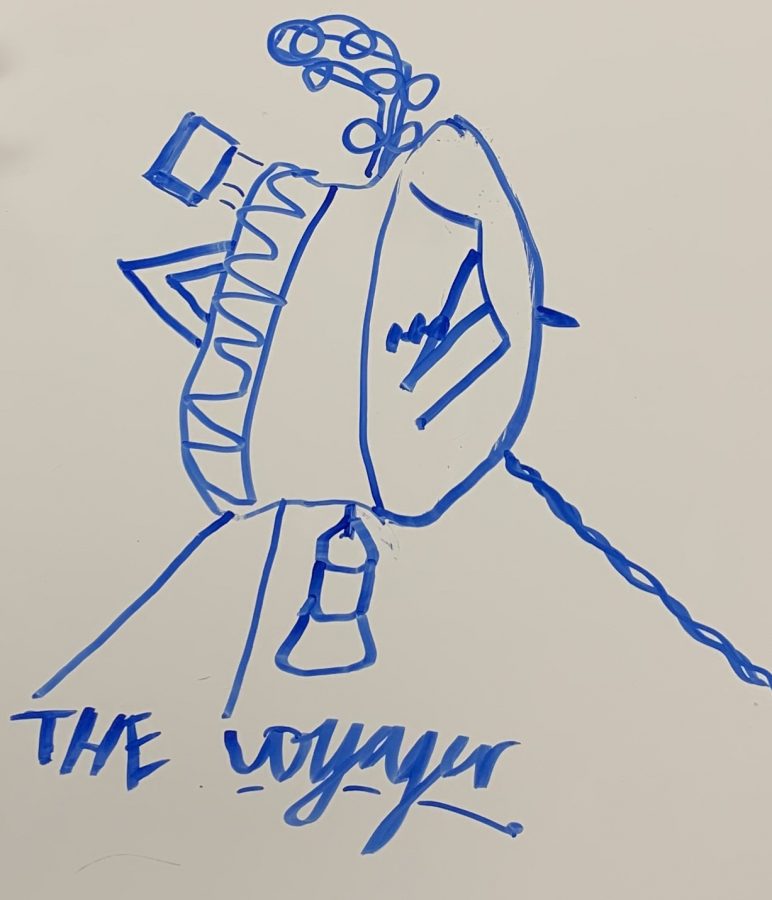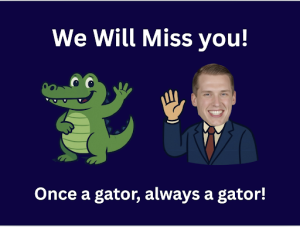Voyager 2 in Interstellar Space: What Has It Found?
November 19, 2019
Interstellar space: a mystery completely unresolved up until recently. Interstellar means “between stars” but interstellar space is defined as the area of space where the sun and magnetic fields have no power.
Voyager 2 launched on August 20, 1977, with the intention of studying the outer planets but concentrating on Uranus and Neptune. Voyager 2 left the “heliosphere” and crossed into interstellar space in November 2018. The heliosphere is an area created by the sun which sends out solar winds to protect the solar system from interstellar radiation. Scientists could tell when the aircraft jumped from the heliosphere to interstellar space because of the increase of plasma density. What data Voyager 2 sent to scientists astounded them.
Astronomers learned about how the heliosphere was actually smooth and how strong the interstellar magnetic field was. The interstellar magnetic field was a culmination of past stars that exploded leaving behind their magnetic fields.
What really left scientists shocked was “the interaction between the sun and interstellar space”. Our star, the sun, sends shockwaves that can extend to interstellar space. Not only do these shockwaves have the ability to pass through the heliosphere but, they can also cause a disturbance in interstellar space. Nicola Fox, director of the Heliophysics Division at NASA, stated that, “To have the Voyagers sending back information about the edge of the Sun’s influence gives us an unprecedented glimpse of truly uncharted territory.”
We interviewed Mrs.Hill, an English teacher, about whether NASA should send more aircraft to explore space and she said: “anything that furthers our knowledge about things we don’t know about is fantastic.”
We’ve learned a bit more about interstellar space but haven’t solved the entire mystery. Scientists have been able to chip away bits and pieces through these probes and spacecrafts. We’ve learned bizzare things that defied laws of science and common sense. In the upcoming years, how much more will we learn?







